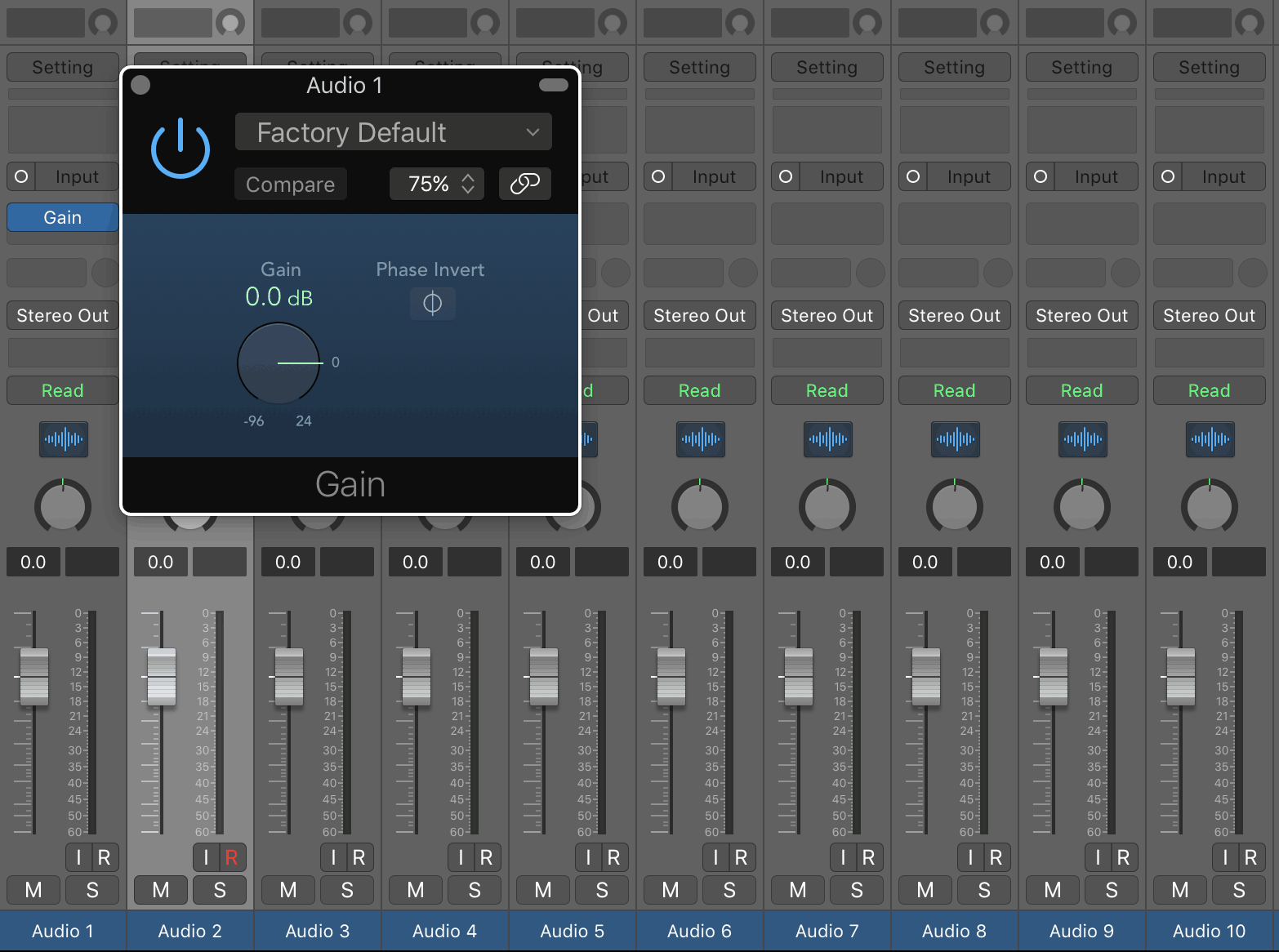

It's mostly used as a pitch correction tool, to smooth out the errors in a vocal performance, making the performance sound more in key. With anything from heavily autotuned Pop/Hip Hop, to bands & solo artists, you'll find autotune on pretty much everything in 2022. The Pitch Bend, Vibrato and Vib Speed parameters control these effects.Autotune is an essential music production tool nowadays.

This sets the frequency of A above middle C.Īdditionally, GSnap will respond to pitch-bend and modulation MIDI messages to apply pitch-bend and vibrato. The pitch-detection and correction can be made to use a different reference frequency using the Calibrate parameter. The GUI shows the snap-notes and regions in effect at any time. It defines a region around each snap-note that will be corrected to that note. The Threshold parameter sets the largest pitch-shift that will be applied to the input. Fixed scale correction has a fixed set of snap-notes, while MIDI correction is controlled in real time by MIDI data. There are two modes of pitch correction: fixed scale and MIDI. Once a pitch has been determined, GSnap applies the specified pitch-correction. The default value should be fine in most cases. Lower values for Speed will allow faster pitch-detection, but will increase the chance of false detection. The Speed parameter sets the number of wave repetitions required for positive pitch-detection. Also, the Gate parameter should be set so that the pitch-detector ignores background noise during “silent” passages. The Min Freq and Max Freq parameters help the pitch-detector by narrowing the range of frequencies it needs to consider.

GSnap starts off by detecting the pitch of the incoming audio. Effect plug-ins should be placed after GSnap in the signal chain. For example, a clean, mono vocal recording, without excessive noise or reverb. For GSnap to work effectively, the input signal should be monophonic, at a good level and reasonably noise-free.


 0 kommentar(er)
0 kommentar(er)
